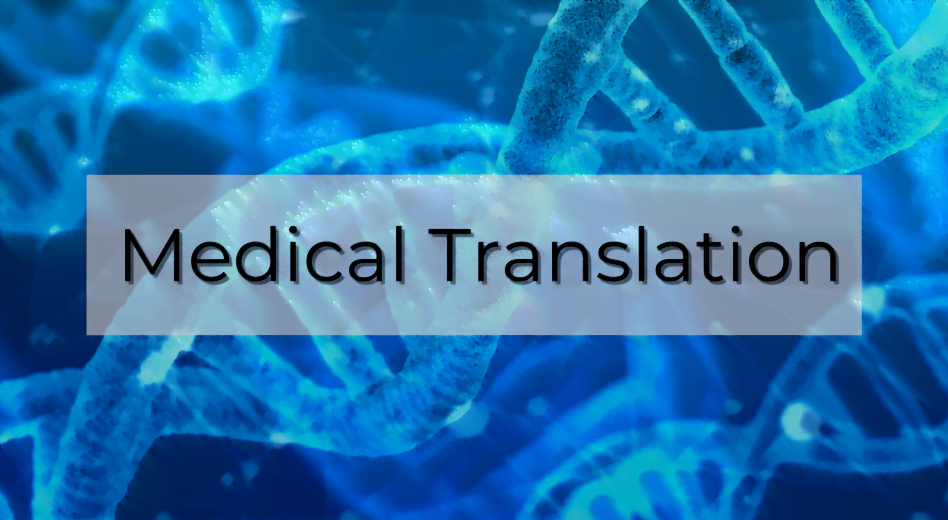There are many steps to rendering an accurate medical translation. In order to meet the requirements of the client, their industry’s standards, and the target country’s laws, medical translators must have very specific training and experience.
In addition to the fact that medical texts are packed with unique, complex terms, written communication is standard for every procedure and product, so there are also a lot of texts. Here’s an example of a sentence from a Medscape article entitled, “A-Scan Biometry,” about the use of ultrasound for eye examinations:
A perfect high, steeply rising retinal spike may be impossible when macular pathology is present (eg, macular edema, macular degeneration, epiretinal membranes, posterior staphylomas).
A single sentence hints at the challenge of medical translation. Mistakes are all but impossible to avoid for the inexperienced translator, and medical text mistakes are costly things. It doesn’t take a lot of imagination to see how an amateur interpreter or translator in a medical situation could contribute to a disaster.
The many steps of professional medical translation go like this:
- All text to be translated is extracted from websites, electronic files, etc.
- Using CAT tools the text is processed and a first-draft translation is created.
- The translator handles any research or content analysis required to resolve uncertainties, for text accuracy.
- A medical translator works this draft into a polished, highly readable text that recreates the client’s original tone and style, with adjustments for the target culture.
- This translator ensures that legal and ethical standards are met, and that the client approves of the terminology used.
- The medical text is returned to its original format as part of a doctors’ resource website, an online learning package, a PDF document, etc.
- A proofreader ensures the text was not damaged in the transfer to the final format in the target language.
Highly experienced Language Service Providers, often with a department dedicated to medical translation in all of its complexity, can become ISO certified. Translation of anatomical, chemical, physiological, procedural, legal, and even mechanical or technical processes are potentially part of any medical translation. One hundred percent accuracy is required for medical texts and documents: procedural agreements between doctors and patients, medication and supply labels, training materials, diagnoses, study abstracts, and so many more. ISO certification guarantees that the medical translator you select has a proven capacity to handle these industry-specific materials along with your required language pairing(s). In addition, your LSP will assign medical translators with the specialties required – linguists with expertise in oncology are not necessarily equipped to translate documents related to obstetrics.
In healthcare, patient wellness is clearly the highest priority, and errors in medical translation can harm patients at any step in their medical journey. But in reality, medical translation is about more than that. Poor translations can also lead to damaged reputations for anyone involved on the provider’s end, lost profits, and legal entanglements. In some industries, flawless, clear translation is more critical than it is in others – the medical field is one of those.
J. V. McShulskis
